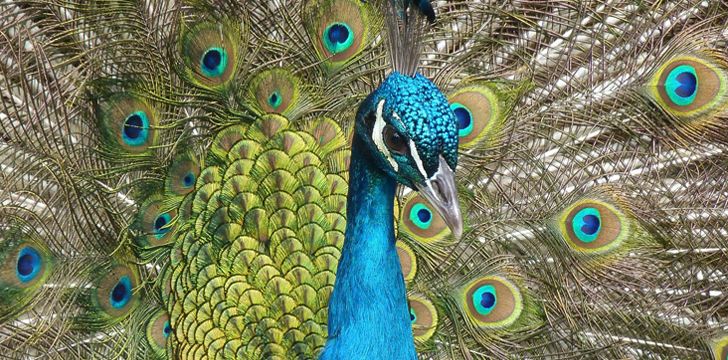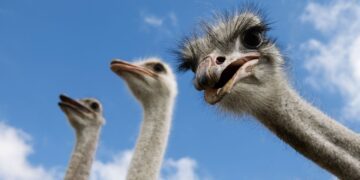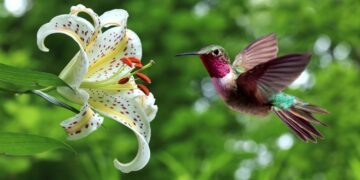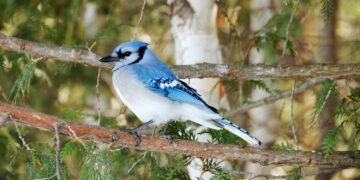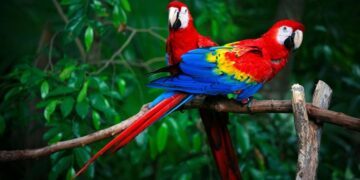Peacocks are among the most fascinating and beautiful creatures on earth, but there are so many things that we fail to realize about these breathtaking birds.
Next time you look at a peacock, here are some fun & feathery facts which will make you even more amazed than before!
The word “peacock” does not actually apply to both male and female birds. It’s only the males that are called peacocks, while the females are called peahens. Together, the collective name for them is “peafowl.”
There are just three different types of species in the peafowl family. Two of these originate in Asia, and the other is of African descent.
The African species is called the Congo peafowl and originated in the Congo Basin. From Asia, the blue (Indian) peafowl and green peafowl.
These birds first lived within forests and rainforests, which remains their most comfortable and natural habitat.
When they are domesticated, some will live up to 50 years. However, in the wild, where life is riskier, peacocks and peahens generally live up to 20 years.
One of the main differences between peacocks and peahens is their size. Although they vary in size, males are often as much as twice the size of their female counterparts.
The large colorful “tail” they have become known for is called a “train.”
A common feature of all peafowl is the bare patches of skin that can be found around their eyes. This can be seen in male and female birds and also across different species.
The average running speed for peacocks is 10 miles per hour (16 kph).
If you see a peacock flying into a tree, don’t be alarmed. The birds are sometimes seen doing this in the wild to protect themselves from a predator.
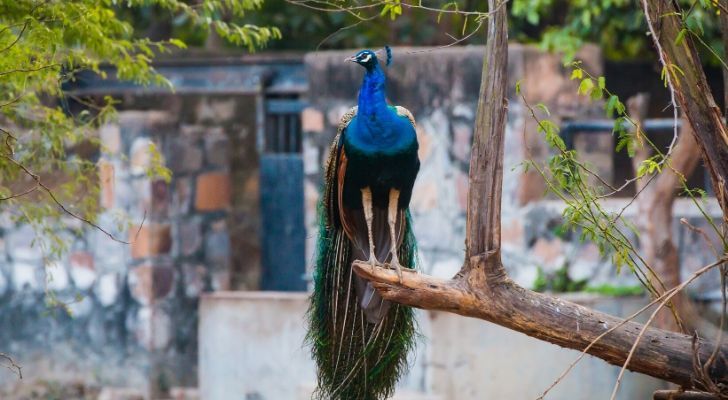
All the species of peafowl have crests are the top of their heads. However, the design and color can vary across the different species and between different sexes.
Peafowl does not enjoy living alone and tends to stay within small groups as they are highly sociable and dependent birds.
Baby peafowl is called chicks.
While peacocks are not considered an endangered species, the Congo peafowl, in particular, has been listed as vulnerable.
The peacock can be seen displaying its bright, beautiful feathers mostly during the breeding season in the Spring.
When the breeding time comes around each year, the peacock will try to impress the peahen as much as possible. Apart from displaying his feathers and train, he will also guard his territory and make a loud noise to ward off other males.
For more than 2,000 years, peacocks have been kept in captivity around the world, either for entertainment purposes or religion.
In areas of Asia where the peacock is hunted, they are not often seen and remain wary and shy of their surroundings. However, the Indian peacock is protected in many parts of Asia for personal or religious reasons.
A peahen can lay up to six eggs at a time, although there have been occasional cases of even more. They will lay their eggs in the afternoon in most cases.
The diet of peafowl generally consists of a variety of plants, insects, and certain reptiles and amphibians.
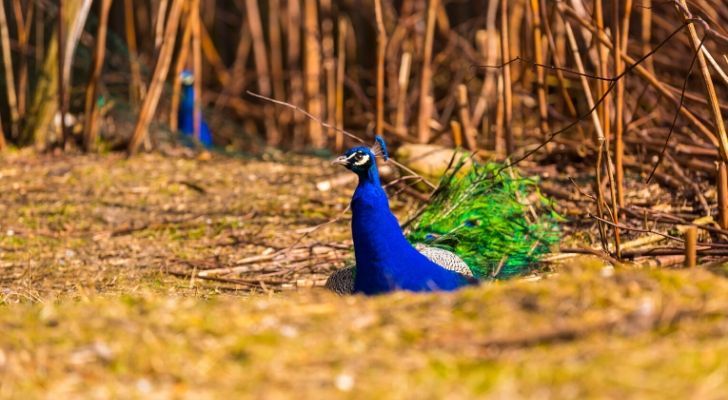
A group of peafowl is known as a harem.
Male birds are not known for having just one partner in the wild. Instead, there will have a minimum of two and can comfortably have as many as five female partners.
A peacock has such a bright and dramatic train to attract the attention of peahens, who normally choose their mates based on the size, color, and quality of the feathers and train.
With a fairly large wingspan of around 4.9 feet (1.5 meters) and its large feathers, the peacock is one of the largest flying birds on earth.
The Indian peacock is thought to be extinct now in Bangladesh, although it remains popular around areas of Pakistan, India, and Sri Lanka.
The logo of the NBC television network in the USA has taken the form of a colorful peacock since 1956.
While a group of any peafowl is called a harem, a group of females is known as a bevy, a muster, or a party when they are in groups without the males.
When peacocks are first born, they don’t have tails and, in fact, don’t look very impressive until they are around 3 years old.
Every year, the male peafowl will replenish his feathers – no wonder the color always stays so good!
If the feathers of a peacock still weren’t impressive enough, they are covered in tiny crystals, which play a large part in attracting the females.
In Conclusion
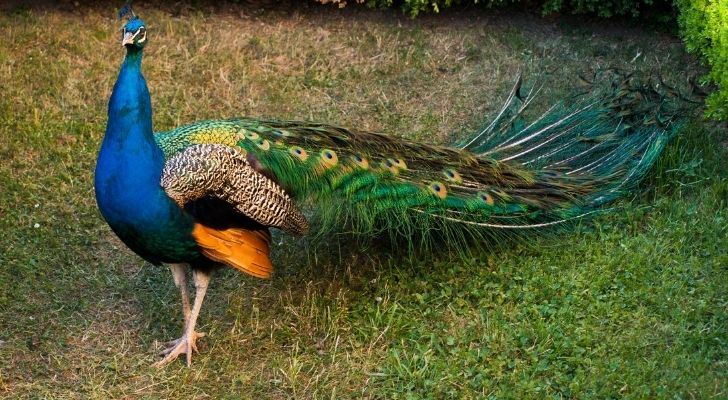
One thing I never gave a thought to before was the genders of peacocks.
To me, a peacock was so regardless of being male or female. When I learned that the female is actually called a peahen, it just makes total sense.
So, next time you’re at the zoo, and a friend says, “Wow, look at that peacock,” you know what to say!
